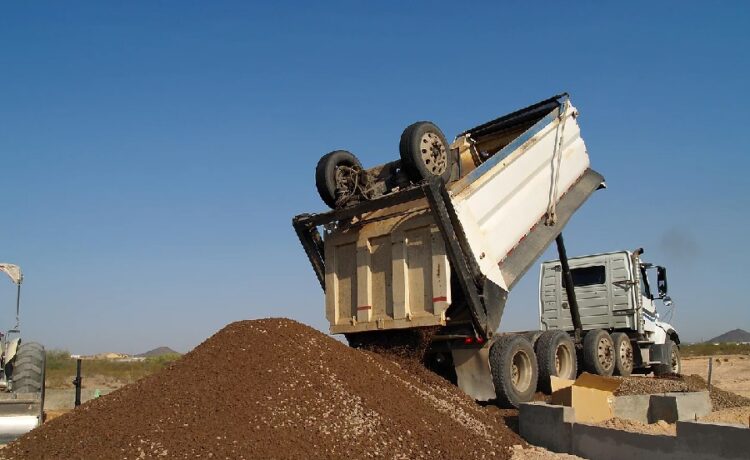While erecting a robust structure, soil strength is of paramount importance. Not only does it help in extending the lifespan of the infrastructure, but also ensures the prevention of any collapse hazards. This is where soil stabilization comes into the picture.
Usually, the confusion lies in choosing lime stabilization over cement. If you’re also in the doldrums regarding picking the most appropriate stabilization method, keep reading to make the right decision.
What’s the difference?
The main aim of lime and cement stabilization is to enhance the properties of soil, adding to its shear strength. It also helps with reducing the shrinking as well as swelling attributes, causing it more capable of enduring heavy loads.
Both lime and cement stabilization come under the chemical stabilization category, involving altering soil properties through composition change.
In soil stabilization through lime
Pozzolans such as silica and alumina in combination with calcium are used. The chemical reaction between these agents forms calcium silicate hydrate and calcium aluminate hydrates, creating strength.
These pozzolans occur in silty and clayey soil, which makes it easier for calcium to bind and develop long-term strength. Such lime-treated soil is more suitable for warm regions where the average temperature is usually high.
To develop a fine blend with lime, technicians clarify and pulverise the soil. Post-processing, water is sprayed all over the soil to mix the slurry.
Various factors which affect the lime soil stabilization are:
- Reactive soil type with a good amount of pozzolan
- Usage of quicklime and hydraulic lime in the engineered mix
- Adequate lime content in the combination leading to low or zero plasticity index
- Compaction of lime soil mix at optimum moisture content
- Pre-curing the soil before mixing the ingredients
- Kind of additives used
In soil stabilization through cement
Cement is added to the untreated soil before construction. The blend carries various elements other than cement, including calcium, silica, alumina, clay and sand.
The amount of cement required depends on the moisture of the soil. That’s why the overall hydration level must be minutely observed during blending.
Excess water can result in reduced density, enhanced porosity and a decrease in the final stretch. It can also lead to shrinkage cracking after application on a surface.
The cement stabilization mixture is beneficial only in soils with low moisture. However, this method works best for construction in cold climate regions.
Different aspects impacting the soil cement stabilization include:
- The granular texture of the soil to be engineered
- Amount of cement used in the final mix
- The proportion of water mixed in the stabilization blend
- Compaction and curing at different blending stages
- Admixture and their respective properties to enhance the overall strength
With proper stabilization of the soil, construction of infrastructure like roadways, runways, building pads etc., turns out to be easier. To provide a strong foundation, two kinds of agents are used, I.e., lime and cement. However, not every soil is compatible with both agents.
Lime stabilization must be your priority if the overall soil texture in your warm climate region tilts towards clayey composition. On the other hand, cement stabilization is an excellent alternative for granular and sandy soil types with low plasticity in cold areas.














